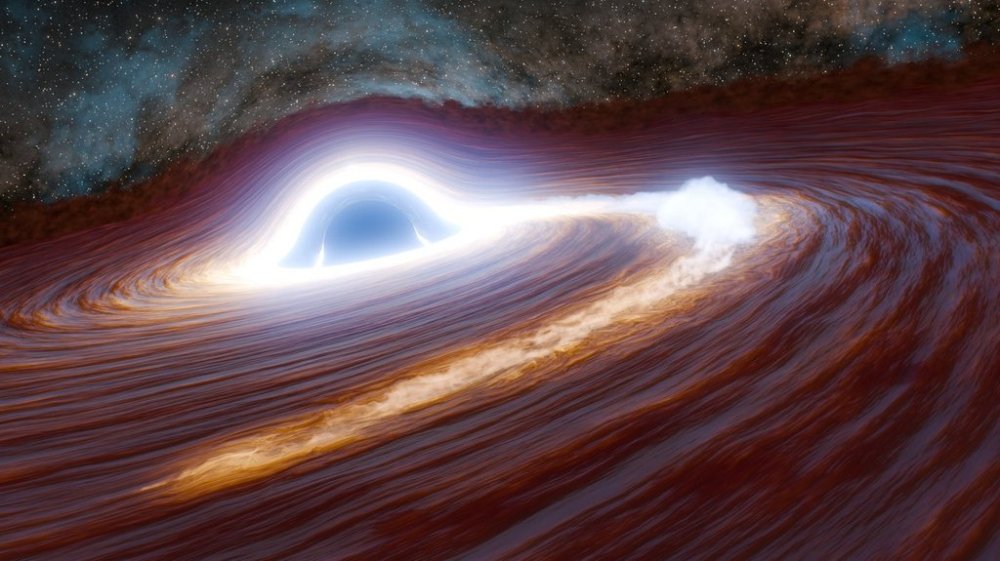Scientists spot the brightest flare yet from a supermassive black hole
Advertisement
Read this article for free:
or
Already have an account? Log in here »
To continue reading, please subscribe:
Monthly Digital Subscription
$0 for the first 4 weeks*
- Enjoy unlimited reading on winnipegfreepress.com
- Read the E-Edition, our digital replica newspaper
- Access News Break, our award-winning app
- Play interactive puzzles
*No charge for 4 weeks then price increases to the regular rate of $19.00 plus GST every four weeks. Offer available to new and qualified returning subscribers only. Cancel any time.
Monthly Digital Subscription
$4.75/week*
- Enjoy unlimited reading on winnipegfreepress.com
- Read the E-Edition, our digital replica newspaper
- Access News Break, our award-winning app
- Play interactive puzzles
*Billed as $19 plus GST every four weeks. Cancel any time.
To continue reading, please subscribe:
Add Free Press access to your Brandon Sun subscription for only an additional
$1 for the first 4 weeks*
*Your next subscription payment will increase by $1.00 and you will be charged $16.99 plus GST for four weeks. After four weeks, your payment will increase to $23.99 plus GST every four weeks.
Read unlimited articles for free today:
or
Already have an account? Log in here »
NEW YORK (AP) — Scientists have spotted the brightest flare yet from a supermassive black hole that shines with the light of 10 trillion suns.
These bursts of light and energy can come from things like tangled-up magnetic fields or hiccups in the heated gas disks surrounding black holes. The flares help illuminate researchers’ understanding of the black holes within.
The latest cosmic display was spotted in 2018 by a camera at the Palomar Observatory in California. It took about three months to shine at peak brightness and has been decaying in the years since.

It likely happened because a large star wandered too close to the black hole and got shredded to pieces.
“At first, we didn’t really believe the numbers about the energy,” said study author Matthew Graham with the California Institute of Technology, which operates Palomar.
The new findings were published Tuesday in the journal Nature Astronomy.
The flare came from a supermassive black hole that’s 10 billion light years away, making the flash the most distant one observed so far. It hails from a time when the universe was rather young. A light year is nearly 6 trillion miles (9.7 trillion kilometers).
Almost every large galaxy, including our Milky Way, has a supermassive black hole at its center. But scientists still aren’t sure how they form.
Studying such behemoths can help researchers better understand the stellar neighborhood surrounding supermassive black holes.
The discovery also allows scientists “to probe the interaction of supermassive black holes with their environments early in the universe,” said Joseph Michail with Harvard-Smithsonian Center for Astrophysics, which didn’t have a role in the new study.
Those early interactions created the cosmos we now call home.
___
The Associated Press Health and Science Department receives support from the Howard Hughes Medical Institute’s Department of Science Education and the Robert Wood Johnson Foundation. The AP is solely responsible for all content.

